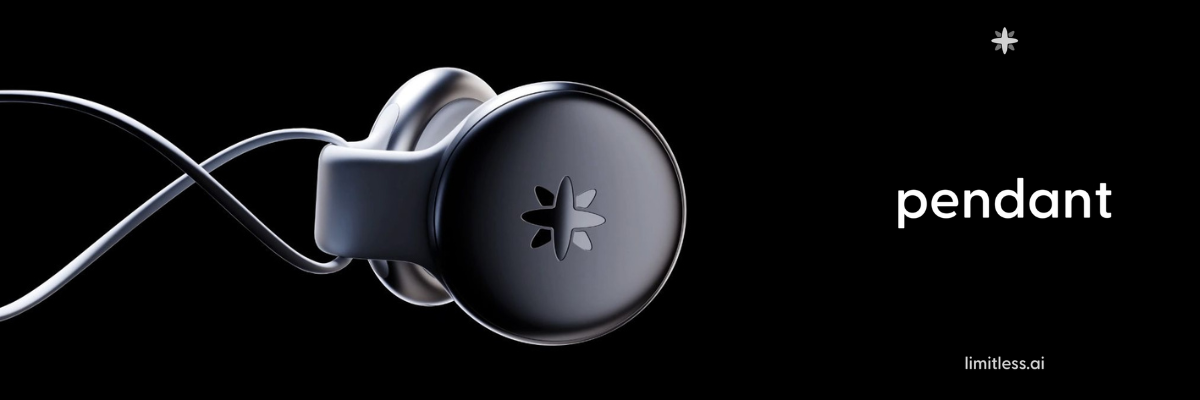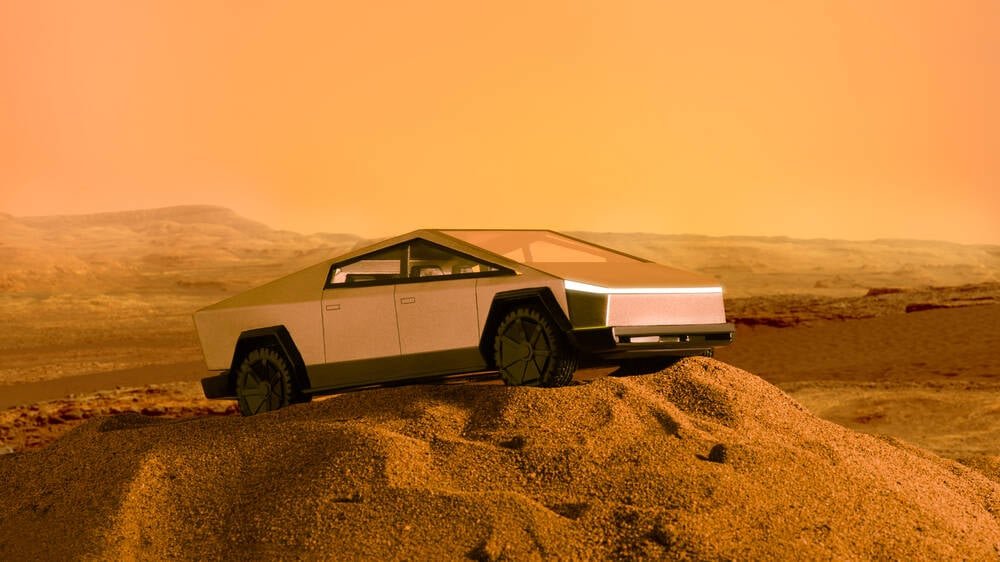VC wants to make science fiction fact • The Register

A venture capital fund is looking for ideas that are out of bounds for traditional investors, seeding technology that may only come to fruition decades down the line, but where researchers can show real results in the lab.
Deep Future specializes in technological long-shot ideas that struggle to get funding because there isn’t the kind of clear runway to quick profitability that most venture capitalists like. Funding is limited to around $500,000 per project, enough money to get prototypes ready to show off and entice others to invest.
Partner Pablos Holman spent over a decade as an inventor at Intellectual Ventures Lab (IVL), the research and patent portfolio business set up by Microsoft’s first chief technology officer, Nathan Myhrvold. He also co-founded the Shmoo hacking conference and worked on Jeff Bezos’ Blue Origin rocket program. In the last three years, though, he has been funding over 30 startups looking at everything from autonomous shipping to subterranean nuclear power.
“At Hewlett-Packard, there’s an engineer there whose job is to make inkjet printers 1 percent better, and he’d probably get a gold medal if he could do that, because of the scale of what they do,” he told The Register. “If you can go ten times better, then we’re interested.”
To attract inventors, Holman has written a book detailing the kind of novel ventures the fund is backing and what it is looking for in the future. The projects already underway range from realistic propositions that use existing technologies in novel ways, to really far out ideas that will probably never see the light of day, but which the fund thinks are worth a shot anyway.
Deep earth nukes
One of the ideas that has recently borne fruit from this seed funding is Deep Fission, an American nuclear power company with a plan to sink small 15 MW pressurized-water reactors a mile beneath the surface. The reactor itself is just 14 feet tall and slim enough to fit into the 30-inch diameter hole, and the depth means that, by the time the water flows into the reactor, it is at the correct pressure for the reactor to work.
The cost of a containment vessel is limited by the Earth’s bedrock, slashing building costs by up to 80 percent. Decommissioning the reactors is as simple as filling the bore with concrete, but they are designed to be lifted out if needed.
The plan has been accepted as one of the designs in the US Department of Energy’s (DOE) Nuclear Reactor Pilot Program, announced in June, that’s fast-tracking novel fission designs to meet America’s growing energy demands, and the tiny footprint of the reactor would make it useful for datacenter power, Holman opined.
“Trump has signed multiple executive orders to advance nuclear power and the World Bank has started allowing nuclear energy to be financed like other renewable projects, which they were blocking before,” he explained. “We’re really at a turning point.”
That kind of regulatory easing is going to be essential, he argues, because overly strict laws have stymied the development of new ideas. Holman worked on Bill Gates’ nuclear energy startup TerraPower, which has been working for over 15 years on novel nuclear reactor designs, but has been stymied by regulators.
Deep Fission’s modified pressurized water reactor designs are easier to get clearance for, Holman says. The startup has now raised $30 million and is to commence test drilling in Texas, Utah, and Kansas, with a view to begin commercial power generation by 2029.
Turning e-waste into gold
Ever since cheap electronics became possible, society has faced the problem of what to do with junked hardware. There are a lot of valuable substances used in electronics that can be recovered, but that requires high temperatures and comes at a heavy environmental cost – both to the planet and the workers involved.
Back in the day, gold miners would use mercury or cyanide to extract gold from ore, but these highly toxic chemicals caused serious problems. However, around 20 years ago, a team at the University of Leicester in the UK developed a chemical process to leach out precious materials such as gold from e-waste using Deep Eutectic Solvents (DES). These are combinations of relatively benign chemicals, like the ammonium salt choline chloride or urea (found in urine), as well as citric acid, and obviate the need for a toxic furnace.
It sounds like an ideal solution, but funding was hard to come by. Deep Future provided some of the seed funding to get the idea off the ground, and in June, the researchers’ company, DEScycle, won a major investment from Mitsubishi Corporation to build a metals-reprocessing plant in the UK that should go live in 2028. The business also scored a €5 million ($5.9 million) grant from the EU to further the technology last month.
And then there’s the really long shots
Holman’s next big thing is the Holy Grail of mobile computing – the everlasting battery.
Harold “Sonny” White is an odd character. After a long career in aerospace, he spent 16 years at NASA and received a Silver Snoopy award, which NASA astronauts present to the people who keep them alive, for his work on the Space Shuttle’s thermal shielding.
In 2012, while still at the agency, White proposed a semi-practical version of the Alcubierre Drive, a warp-drive engine that could break the speed of light by distorting the fabric of space. He had been working on the project at NASA’s Eagleworks facility – aka the Advanced Propulsion Physics Laboratory – that was set up to investigate new thrust techniques that stretch the laws of physics.
“I went to Sonny’s lab and said, ‘This warp drive sounds like science fiction,'” Holman told us. “Then we’re walking through his lab and he picks up a circuit board saying, ‘This is kind of neat.’ It’s a circuit board and there’s current coming off.”
“You made a battery that never needs to be charged. What are you talking about warp drives for?”
Holman and White claim that they’ve cracked the Casimir effect, a phenomenon first predicted in 1947 by Dutch physicist Hendrik Casimir. By placing two conductive sheets of material nanometers apart in a vacuum, energy can theoretically be generated free of charge. DARPA’s investigations seem to have run dry but White is still on it.
The duo say a device is possible, but there haven’t been any peer-reviewed studies and this hack remains skeptical. We’ll see what gets tested as grand claims have been made before.
Pure science versus practicality
When Holman was at IVL, Bill Gates came in with a proposal for research aimed at cutting malaria deaths in Africa and asked for a range of ideas.
Holman knew a fair bit about mosquitoes, having grown up in Alaska, where it’s jokingly referred to as the state bird. So he and a colleague came up with the idea of stripping out an old printer for its laser and using control software to zap mosquitoes in the air by identifying their wing beats. The latter proved relatively easy, but getting the laser made cheaply enough – not to mention the electricity – wasn’t. Gates went for chemically treated nets instead.
Similarly, Gates funded a plan by Holman’s team to dissipate the force of hurricanes by lowering the surface temperature of water with long floating tubes, weighted to sink into the ocean. The idea was that these would take warm surface water that slopped over at surface level and force it down, bringing cooler water up to the surface to ameliorate the force of the storm.
Like many ideas, it was slain by an ugly fact, Holman explained. While the project worked in the laboratory, there was no economic case to make it happen. No country was willing to encircle its coasts with the devices, since the investment would be unlikely to pay off.
Holman’s book is worth reading if you’re pitching him. It’s semi-autobiographical, big on hype, and short on detail. But if you have a plan, and something to back it up, then it might just be worth a long shot. ®














